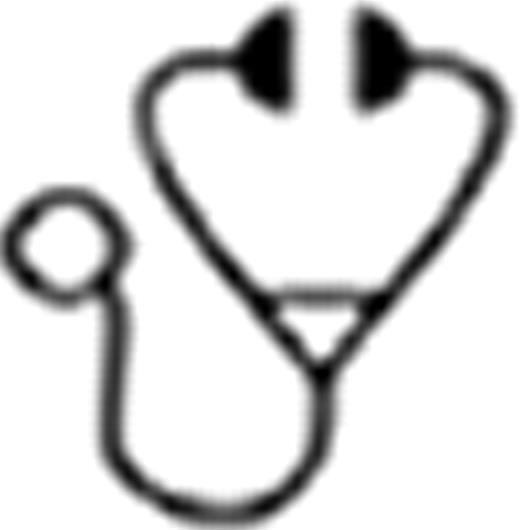Abstract
Oral mucositis is a debilitating and frequently encountered consequence of high-intensity chemotherapy used prior to and after bone marrow transplantation (BMT). It is associated with increased acute oral pain, use of total parenteral nutrition (TPN) and intravenous narcotic analgesics, length of hospital stay, incidence and severity of graft-versus-host disease (GVHD), risk of severe infections, and mortality. Important contributors to the duration and severity of mucositis include certain agents used in the conditioning regimen and as GVHD prophylaxis, especially methotrexate (MTX). High dose post-transplantation cyclophosphamide (PT/Cy) has been shown to be effective as a single-agent prophylaxis of GVHD after HLA-matched BMT. Due to the reduced toxicity profile of Cy compared to MTX, we sought to characterize mucositis among patients receiving PT/Cy, and to compare it to historical controls receiving cyclosporine A (CsA) and MTX as GVHD prophylaxis.
We performed a retrospective record review of 142 consecutive patients treated at our institution between June 2004 and October 2009 who received a standard regimen of busulfan (Bu) 4 mg/kg/day orally or 3.2 mg/kg/day IV from days −6 to −3, Cy 50 mg/kg/day IV on days −2 and −1, and T cell-replete bone marrow from HLA-matched siblings (n = 79) or unrelated donors (n = 63) on day 0. GVHD prophylaxis consisted of PT/Cy 50 mg/kg/day IV on days +3 and +4. We also examined a historical control group of 15 patients treated between 2002 and 2005, who also received myeloablative conditioning with BuCy, but subsequently received CsA/MTX (15 mg/m2 IV on day 1, 10 mg/m2 IV on days 3, 6, and 11), instead of PT/Cy, for GVHD prophylaxis. Mucositis was graded on a scale from 0 to 4, where 0 connotes normal oral mucosa; 1 indicates the presence of erythema only; 2 and 3 reflect ulcerations and/or white patches covering <25% and >25% of the oral mucosa, respectively; and 4 represents hemorrhagic ulcerations. Mucositis assessments were documented daily for at least 28 days following the start of conditioning.
Recipients of PT/Cy experienced a significantly lower incidence of severe (grades 3–4) mucositis than did recipients of CsA/MTX (25.3% vs. 93.3%, Fisher's exact test, p < 0.001). The peak mucositis severity among recipients of PT/Cy was 2.2, compared to 3.4 for patients receiving CsA/MTX (Mann-Whitney, p < 0.0001). The mean duration of severe mucositis among PT/Cy recipients was 4.2 days. Incidences of total parenteral nutrition (TPN) use and IV narcotics administration via patient-controlled analgesia (PCA) were 8.4% and 41.5%, respectively, among patients receiving PT/Cy. The total number of days of TPN and PCA use were 9.5 and 8.7, respectively. Among patients using PCA, the average cumulative dose of IV narcotics administered was 950.1 milligrams of morphine equivalents (MME). Patients receiving PT/Cy experienced a mean maximum oral pain rating of 4.5. The 100-day cumulative incidences of grades II–IV and grades III–IV GVHD in the PT/Cy cohort were 46% and 13%, respectively. Comparative data for duration of severe mucositis, use of PCA and TPN, severity of oral pain, and cumulative incidence of GVHD in the group of patients treated with CsA/MTX is currently being collected; however, all of the mucositis-associated clinical outcomes described above compare favorably with those reported in previously published studies.
The incidence and severity of mucositis among patients receiving myeloablative, HLA-matched BMT with high dose PT/Cy are low compared to those of historical patients treated with CsA/MTX for GVHD prophylaxis. Measures of TPN use, PCA use, oral pain, and GVHD compare favorably with previous reports. Thus, GVHD prophylaxis with high dose cyclophopshamide can significantly reduce mucositis and may impact associated clinical sequelae after transplant.
Off Label Use: Post-transplantation cyclophosphamide for graft-versus-host disease prophylaxis. Jones:Accentia Biopharmaceuticals: Patents & Royalties. Luznik:Otsuka Pharmaceuticals: Research Funding. Fuchs:Accentia Biopharmaceuticals: Patents & Royalties.

This icon denotes a clinically relevant abstract
Author notes
Asterisk with author names denotes non-ASH members.

This feature is available to Subscribers Only
Sign In or Create an Account Close Modal